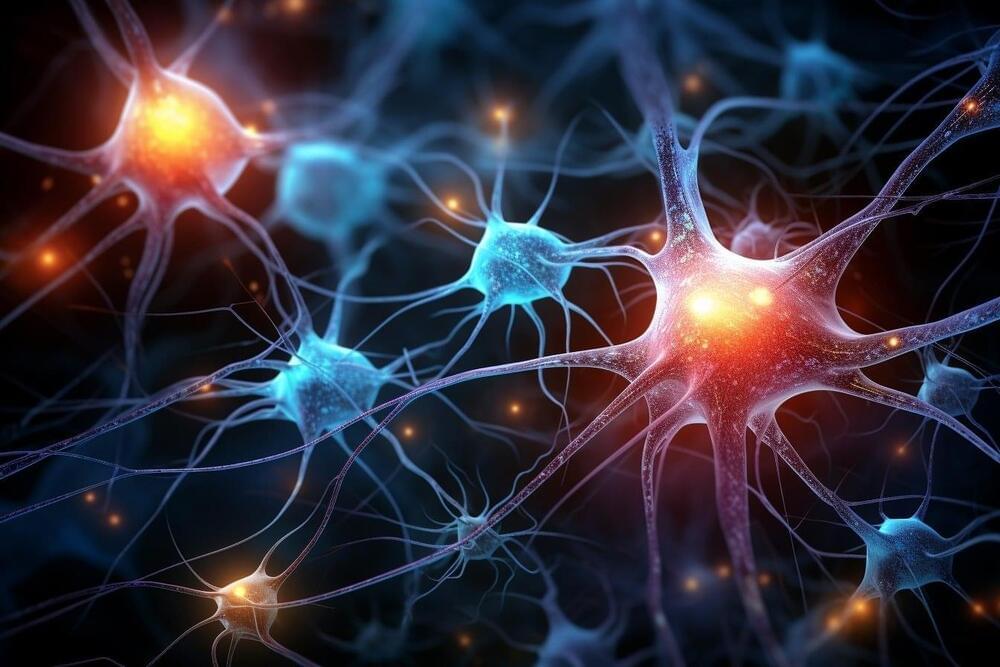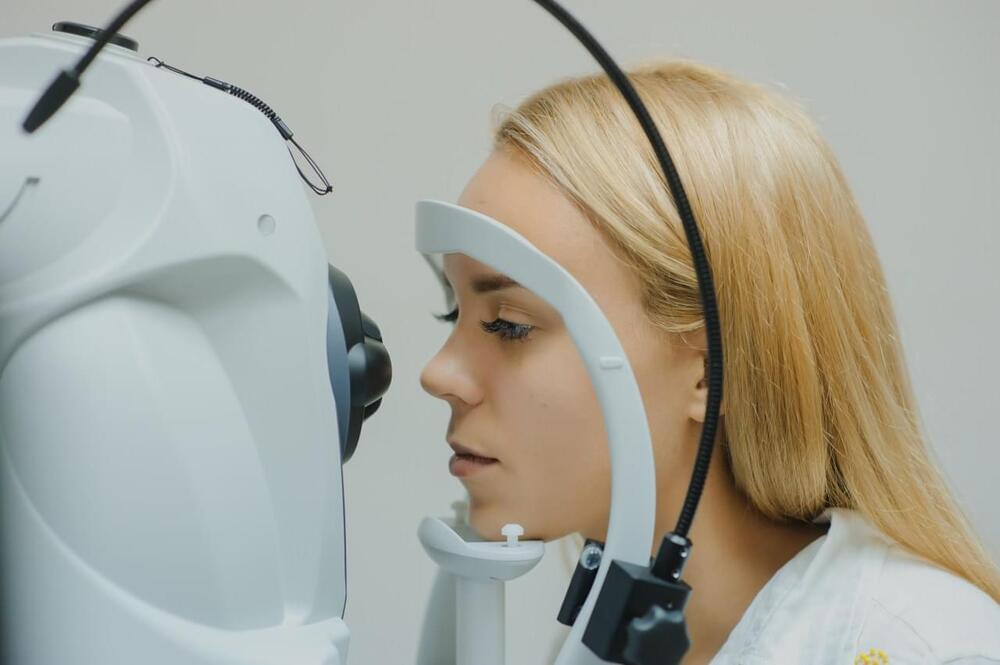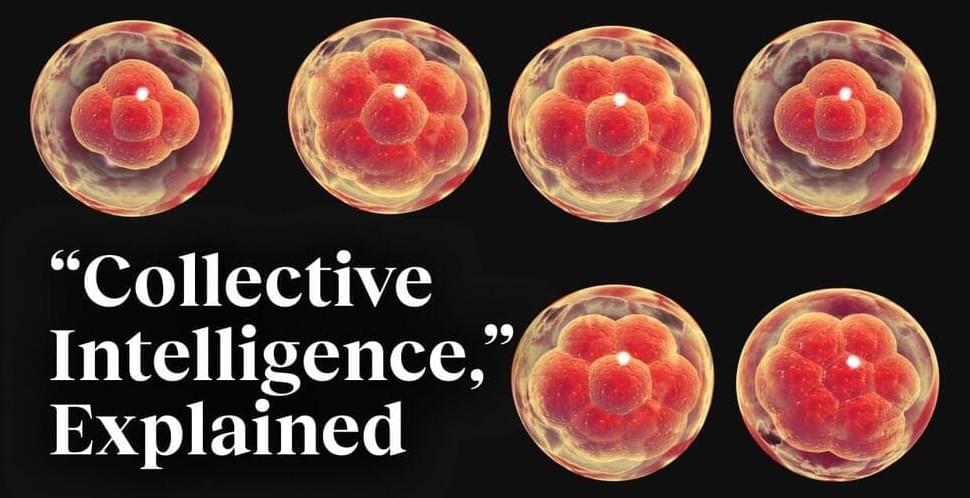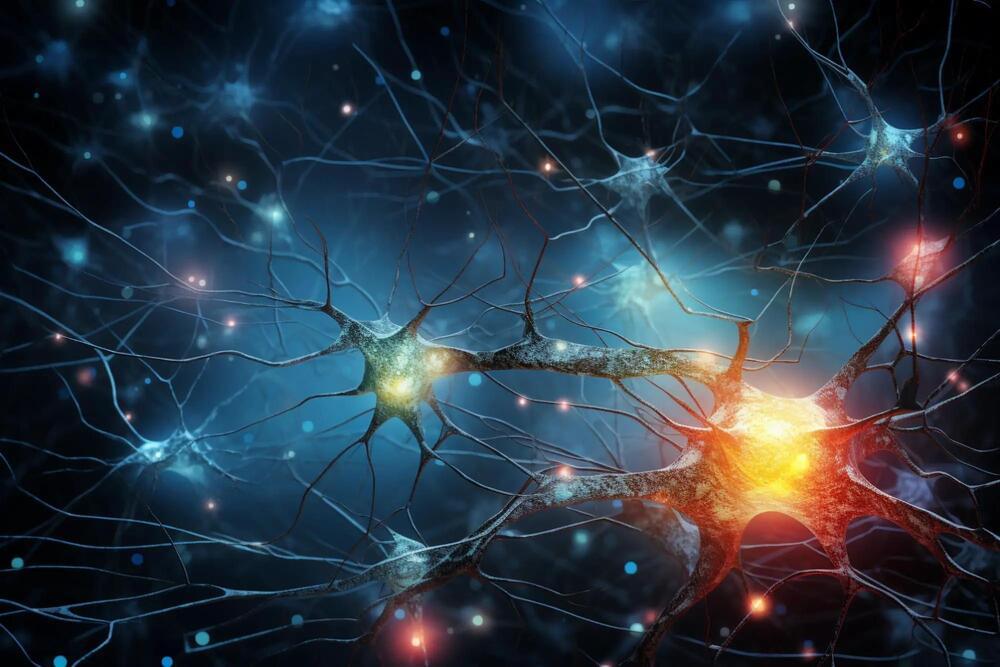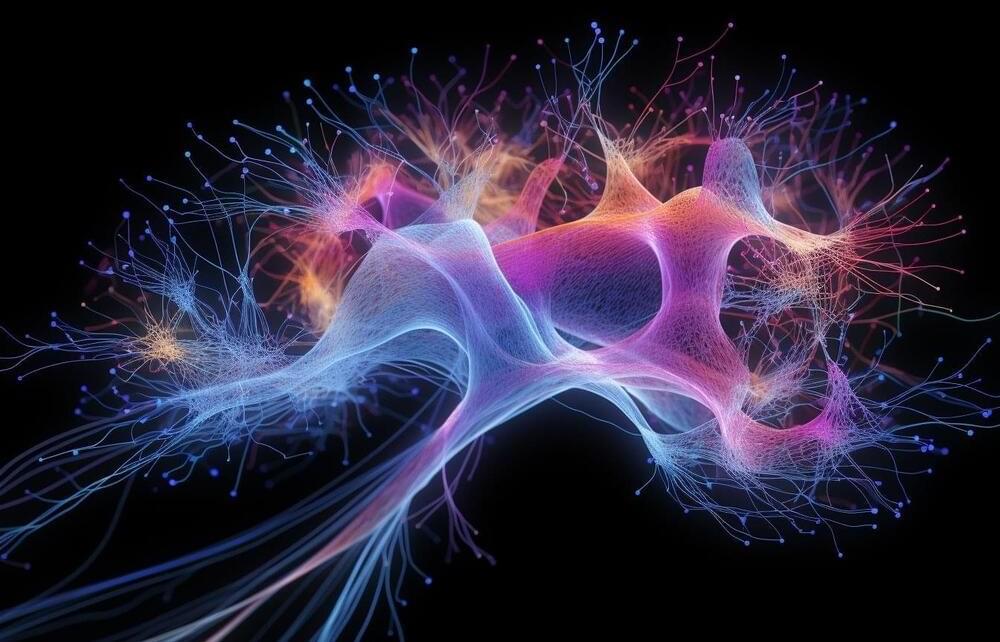Aug 23, 2023
Blood Protein Might Explain Why Exercise Keeps Our Brains Young
Posted by Shubham Ghosh Roy in categories: biotech/medical, chemistry, life extension, neuroscience
Step forward platelet factor 4 (PF4): this substance in the blood has been linked to the mental boost we get from exercise, the benefits of blood transfusions, and a protein associated with longevity, in three separate studies.
All three processes promote cognitive enhancement, meaning PF4 is something of a superpowered blood factor. The research was carried out by two teams from the University of California San Francisco (UCSF) in the US and the University of Queensland in Australia.
Platelets are cell fragments that play a critical role in the clotting process. Aside from serving as physical plugs that staunch bleeding, these small, non-nucleated chunks of bone marrow cell contain granules that release chemicals to promote aggregation.


